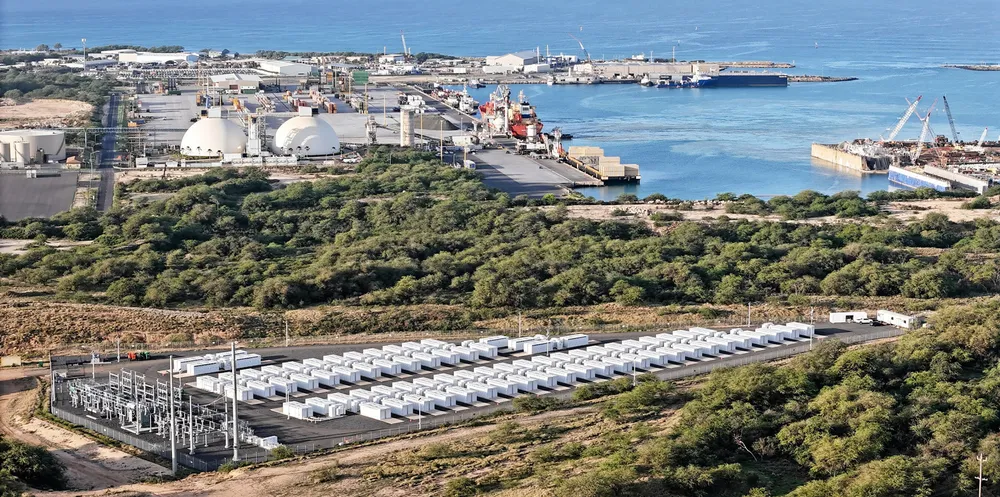‘World leading' Tesla battery online to help kick coal out of Hawaii
Project claimed as ‘postcard from the future’ as to how battery storage will soon replace fossil fuels in balancing grids

Project claimed as ‘postcard from the future’ as to how battery storage will soon replace fossil fuels in balancing grids
